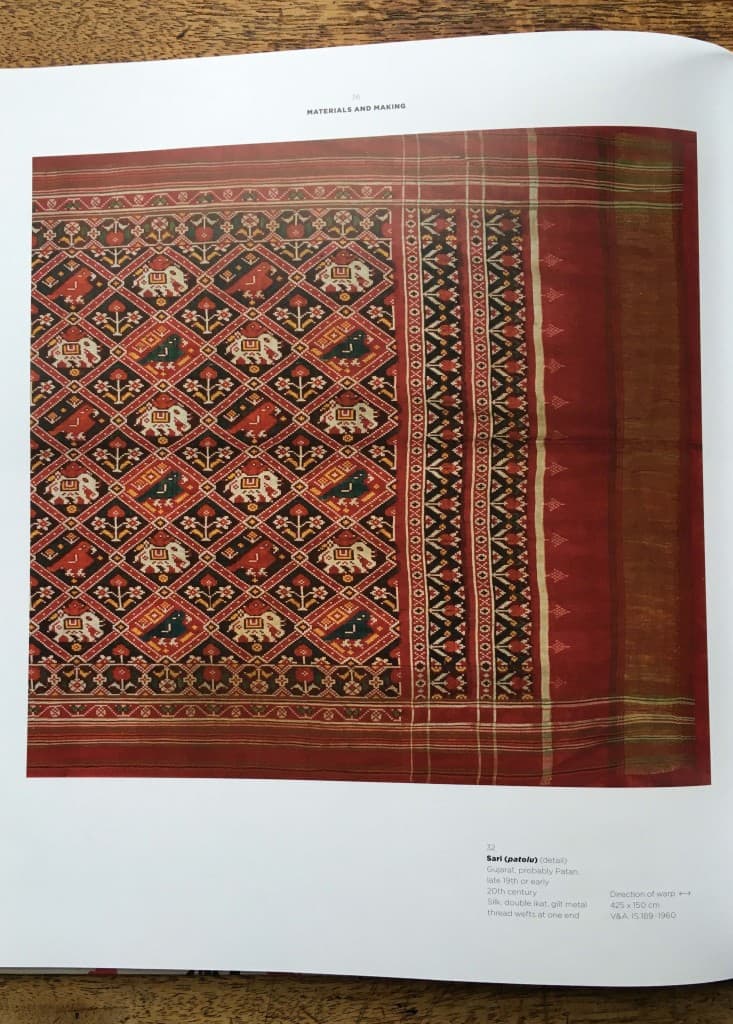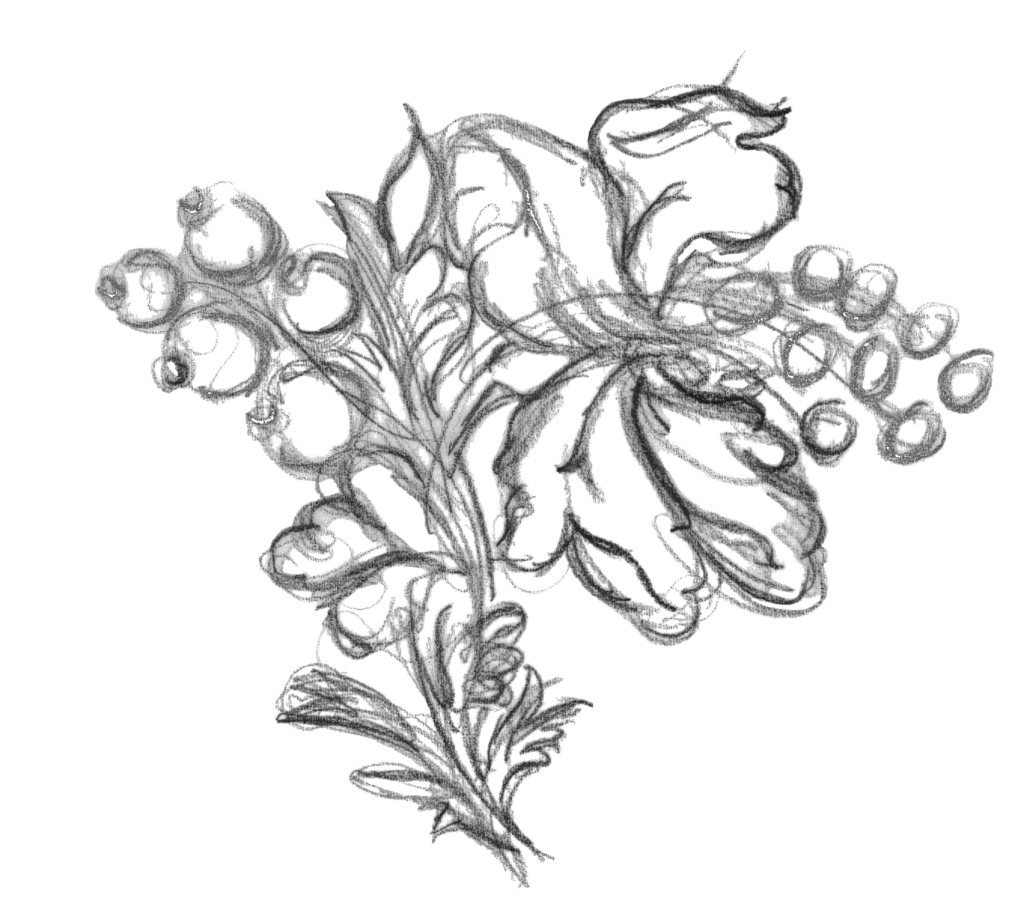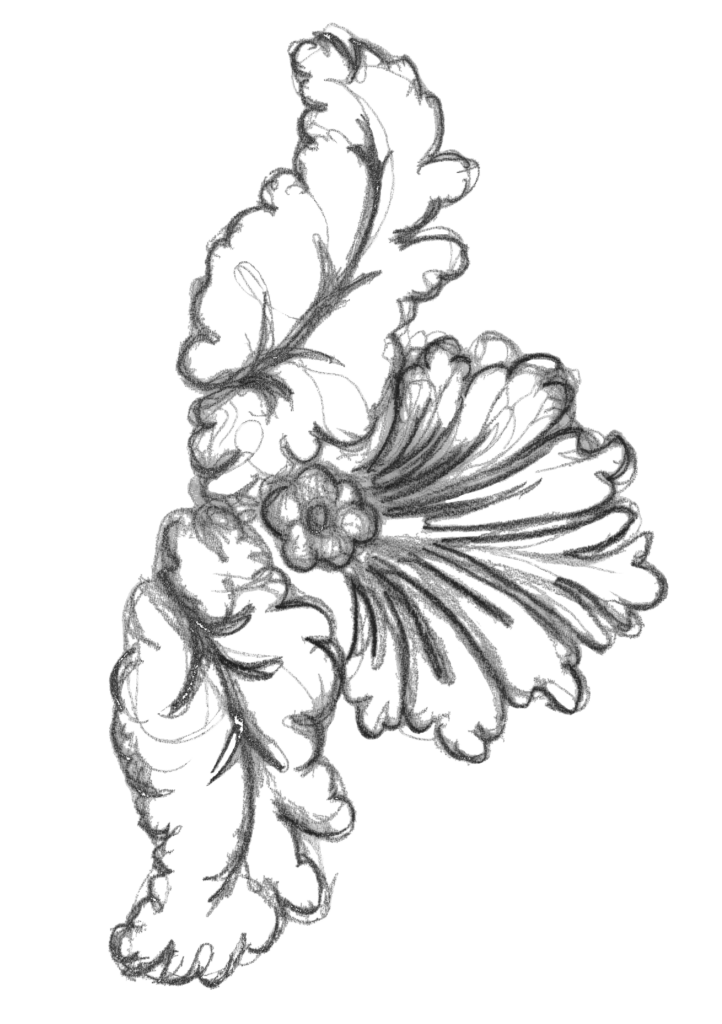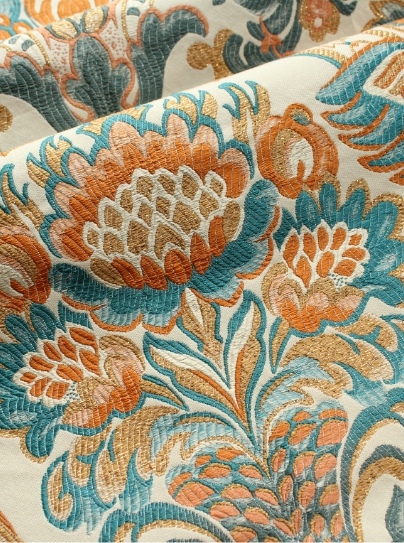The Fabric of India Exhibition, V&A Museum, London.
As designers we are constantly seeking inspiration from a vast array of mediums, sometimes even subconsciously. The Victoria and Albert Museum are known for their fantastic exhibitions and we are always pleased when the focus is on fabric.
The Fabric of India Exhibition is running from 3rd October 2015 to 10th January 2016 and showcases the handcrafted textiles of India’s complex nation.
The exhibition brings life to fabrics constructed in India and puts each aspect of their creation into context, whether that be socially, religiously or technically. You are taken on a journey from raw material to dying and building of pattern to the final result. I particularly noted the ingenuity of the craftspeople, which was apparent in the absence of technology. The machinery that was not available meant that making pattern had to start and finish in a different way. The culture seems to be process driven where there are often multiple processes being used and layering one over the other.
A great example of this layering method could be seen in a four colour fabric built up with block print and resist called ajrakh. In the exhibition you are shown the fabric at each interval of the process and you can clearly see how it evolves into the final colouring. It uses a combination of block printing methods that utilises white resist, dyes and mordants to form the pattern which results in a final cloth of white, red and indigo blue.
As Jacquard weavers we often take for granted the ability to create pattern through structure and so I gained an appreciation for Ikat as a technique. Before the fabric is even woven, pattern building has begun. The yarn for the warp or weft is tied in set areas to resist colour when submerged into dying liquor and this can be built up with several dyes to make quite an intricate pattern. Double Ikat utilises this technique in both the warp and weft yarns which replicates the idea of complex Jacquard weaving without the need for the machinery. Only a simple weave structure is required so it is up to the designer’s skill to have pre planned the pattern before cloth is made. It is unsurprising to see many commercial reproductions of ‘Ikat style’ fabrics in the market place but nothing quite compares to the real handcrafted textiles where the dye has seeped into those tied areas of yarn to give an organic hazy edge to the pattern.

Sari (patolu) Silk, double ikat, gilt metal thread wefts at one end
I thoroughly recommend a visit to the Fabric of India exhibition before it finishes as it will give you an insight into this fantastically diverse culture and the fabrics created by its people. There is such a wealth of technique to explore.
Crill, R. (ed.) (2015) The Fabric of India. London: V&A Publishing
Image 1: Set of samples showing the stages of ajrakh production, P47
Image 2: Sari (patolu) Silk, double ikat, gilt metal thread wefts at one end. P37









